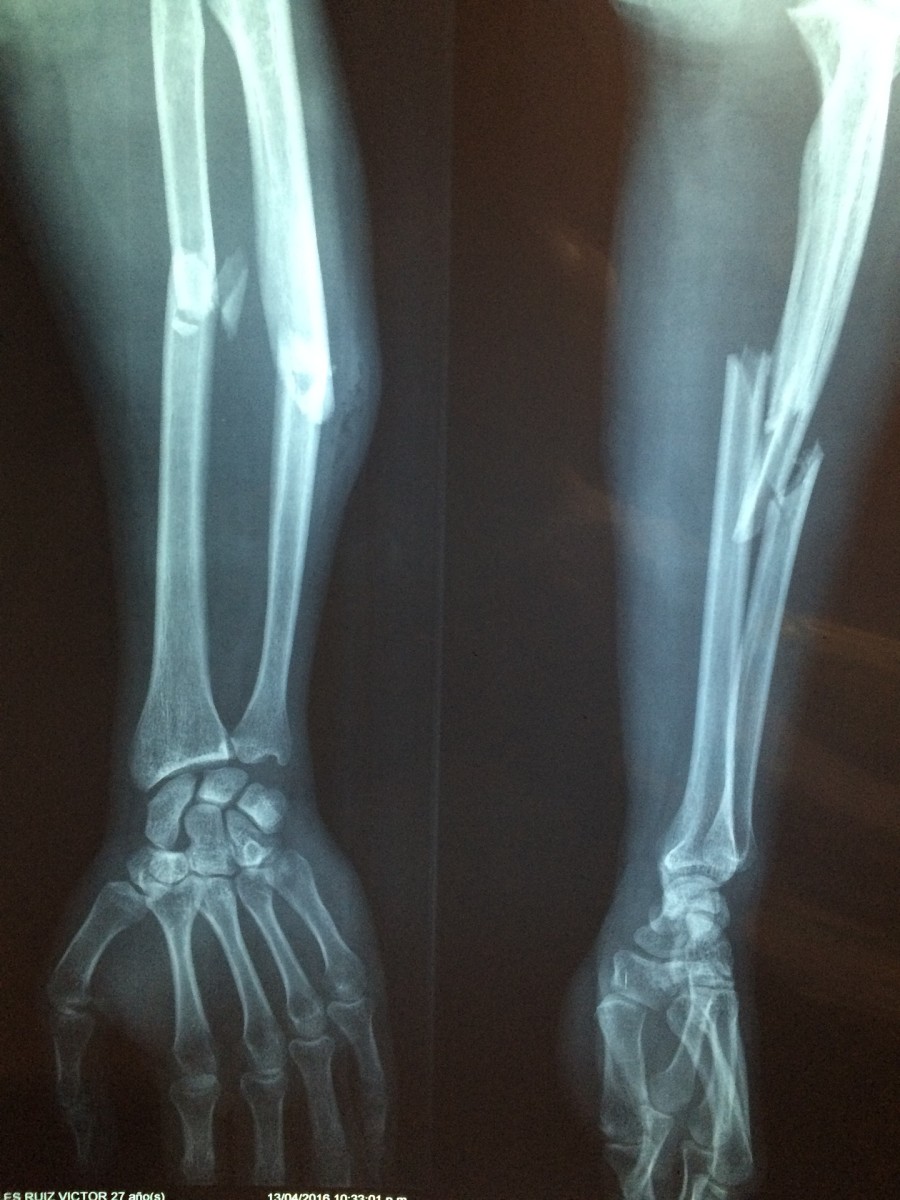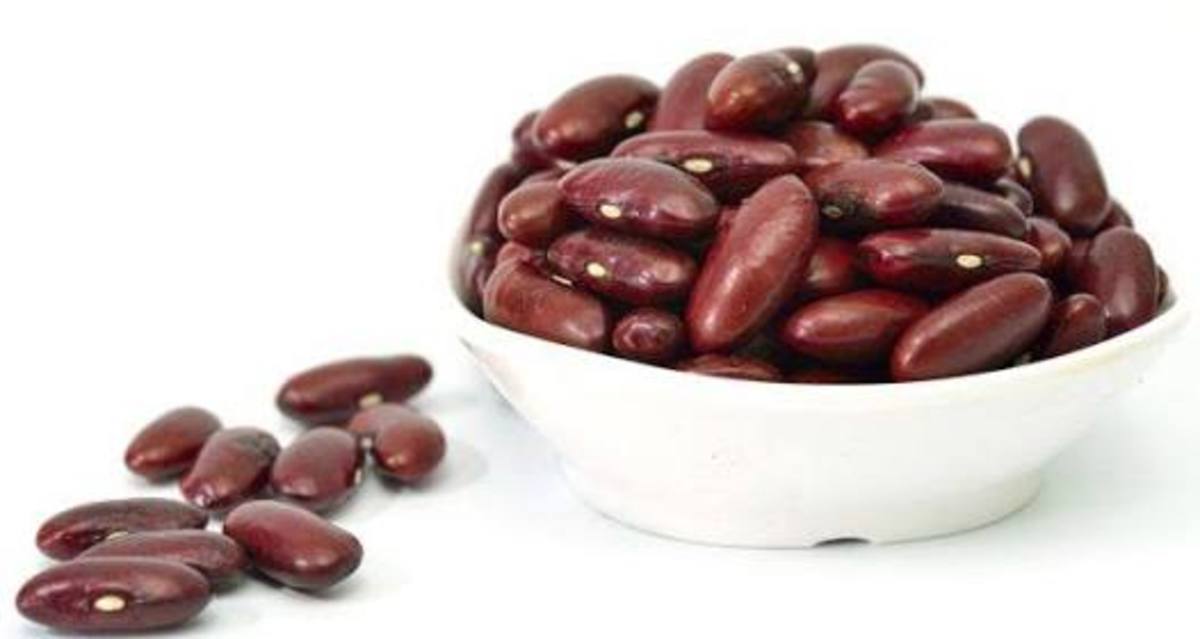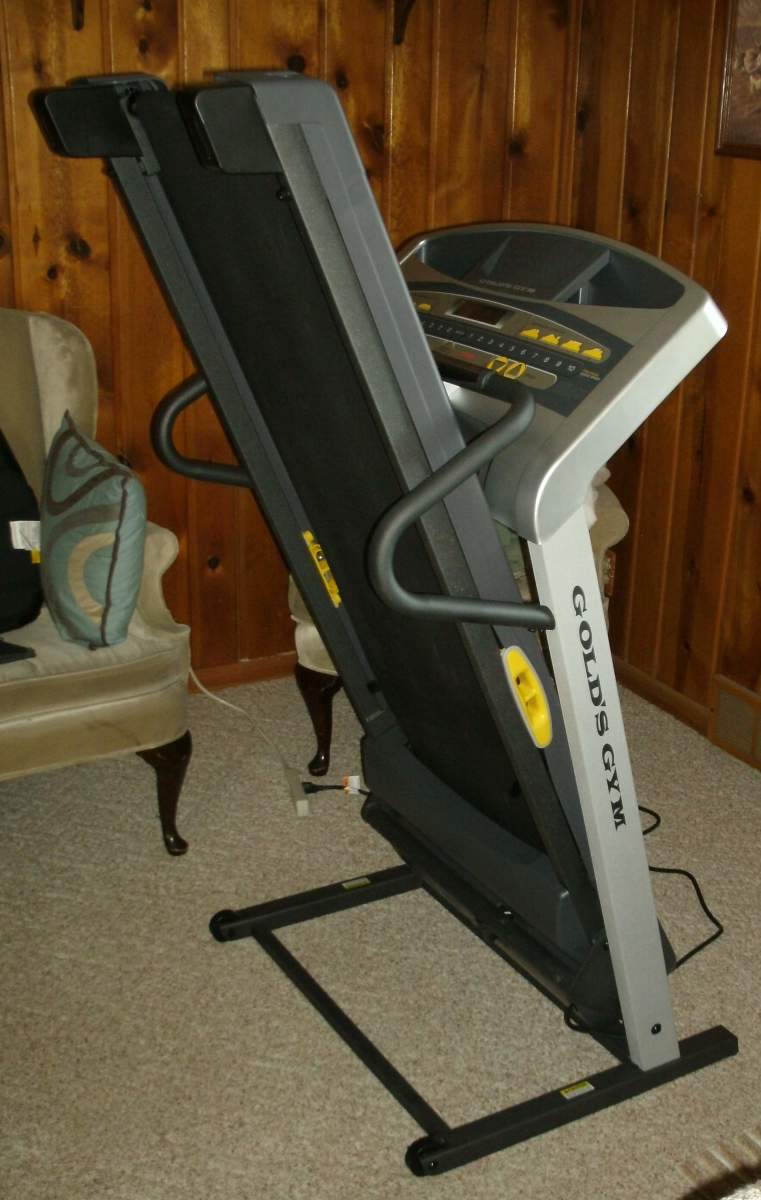Bone Health: How to Keep Healthy Bones

Human Bone Structure
Bone plays an important role in the body. It provides structure, shape, stability to the body. It supports muscles, helps to store calcium. It is essential to build healthy bones during childhood and adolescence. It is equally important to maintain bone health during adulthood.
There is a continuous change in the bone structure: old bones are replaced by new ones. During this change process, new bones become stronger and bone mass increases. During childhood, the new bone is formed faster than the breaking of old bones. In most cases, people reach the peak bone mass at the age of 20-30 years. Even after that, the remodeling of the bone continues. However, the gaining of the bone mass is slightly lesser than the loosing.
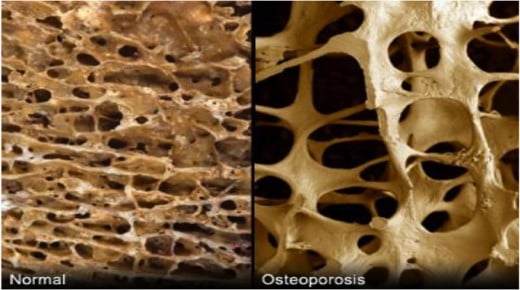
What is Osteoporosis?
Osteoporosis is a condition in which the bone becomes weak and brittle. The development of this condition during the later stage of life depends on how much peak bone mass you have attained within the age of 30.
If you have more bone mass stored in you, you are less likely to develop osteoporosis as you age. Hence, it is crucial to have a calcium-rich diet during childhood, adolescence, and early adulthood.
Factors Affecting Bone Health
- Calcium plays a major role in the development of strong bones and healthy teeth. A diet with low calcium contributes to low bone density. When you lack a sufficient level of calcium in your diet, the body starts extracting calcium from the bone. Shortage of calcium results in early bone loss that increases the risk of bone fractures.
- Gender: Females are more likely to develop osteoporosis than males. The reason is, females have less bone tissue than males.
- Age: Bone becomes weaker and thinner with the age.
- Physically inactive people have a higher risk of osteoporosis than active people.
- Tobacco and alcohol: A study on bone suggests that increased use of tobacco and alcohol leads to weak bones. Alcohol interferes with the absorption of calcium.
- Size: Extremely thin people whose BMI is 19 or less have more risk of developing osteoporosis because of low bone mass attained during childhood.
- Family history and race matter in deciding the level of bone health. Asian descent and white people have a greater risk of osteoporosis. Also, if your parent or sibling has osteoporosis, the risk of developing it is high.
- If you have a high-level hormone, like thyroid hormone, it may lead to bone loss. Due to dropping levels of estrogen, women are likely to get osteoporosis during menopause. The long absence of menstruation before menopause increases the risk of bone loss. In males, a decrease in testosterone level causes loss of bone mass.
- People who have anorexia or bulimia are more likely to develop bone loss. Also, weight-loss surgery, stomach surgery, Crohn's disease, celiac disease may affect the body's capacity to absorb calcium.
- Prolonged use of medications like corticosteroids such as Prednisone, Cortisone, Prednisolone, and Dexamethasone are damaging to bone. It is observed that breast cancer treatment medicines also affect bone loss.
Source: Reader's Digest, www.mayoclinic.org
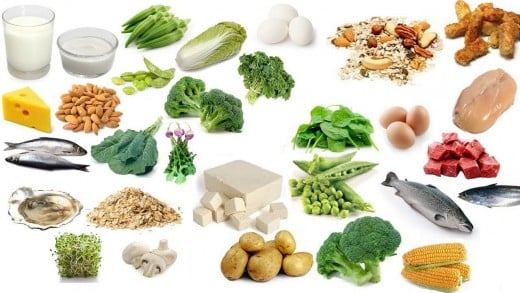
How to Protect Our Bones
1. Include plenty of calcium in the diet: For adults, 19-50 years age and men 51-70 years age, recommended dietary allowance (RDA) is 1000 mg. calcium a day. It increases to 1200 mg a day for women after the age of 50 and men above the age of 70.
The best sources of calcium are dairy products like milk, cheese, yogurt, leafy vegetables, broccoli, kale, canned salmon with bones, sardines, soy products like Tofu, beans, lentils, enriched white bread, flour, dried figs, many types of nuts & seeds, especially almonds.
2. Importance of vitamin D: The body needs vitamin D to absorb calcium. Make sure that you are getting enough vitamin D. The best source of vitamin D is, fortified margarine, cereals, oily fish (Tuna & Sardine), egg yolks, and milk.
Sunlight is the natural source that helps in the production of vitamin D. If you don't get enough sunlight, you may take vitamin D supplements as per the doctor's advice.
3. Exercise and Physical Activity: If you are physically active, it has a greater effect on bone strength than changing the diet is likely to have. Regular exercise during adolescence and early adulthood helps to increase peak bone mass. Weight-bearing exercises such as brisk walking, jogging, running, aerobic exercises, dancing, weight training, racquet sports, climbing stairs help in building strong bones, slowing down bone loss.
Studies have shown that daily half an hour walk will have a reasonable effect on improving bone health.
4.Smoking and Alcohol: Avoid both these, if you want to maintain strong bones. More than two drinks of alcohol a day contribute to the decrease of bone health.



